Software Defined Vehicles
Software-Defined Mobility: Industry Leaders Gather in Munich
This was the Automotive Software Strategies Conference 2025
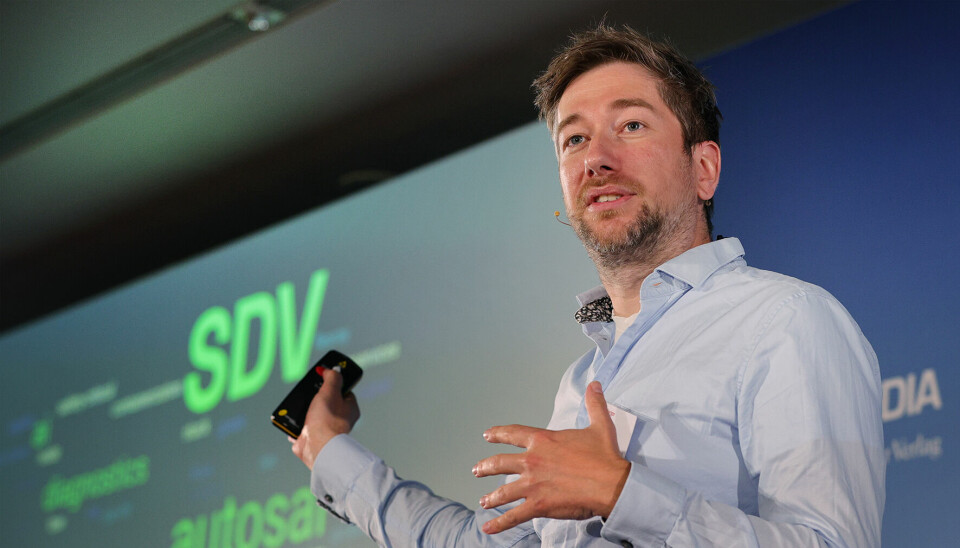
The 6th Automotive Software Strategies Conference brought global industry leaders to Munich for two days of in-depth presentations and strategic insights. The event focused on SDVs, the adoption of Rust, monetisation models, AI in development, and the evolving software supply chain.
This year's ASSC brought together 175 industry professionals to explore the software-defined transformation of mobility. OEMs such as BMW, Jaguar Land Rover, and Mercedes-Benz, alongside Tier 1 suppliers, software providers, and AI experts, presented advancements in SDV architectures, open source strategies, RISC-V integration, and AI-driven development processes. Throughout the two-day event in Bavaria, a consistent message crystallised: mastering complexity through software innovation is no longer optional—it is the core challenge of the next automotive era.
Software First: Opening Insights on Automotive Transformation

The first keynote of the event came from Karsten Hoffmeister, Chief Engineer Assisted & Automated Driving Software at Jaguar Land Rover. In his presentation, titled Jaguar Land Rover ADAS Software Factory: Transforming Automotive Innovation, he described the company’s path to becoming a software-driven, multi-domain environment—highlighting both structural and cultural shifts within the development process. He also introduced the ADAS Software Factory as a strategic cornerstone in JLR’s transformation, describing it as a unified platform designed to streamline cross-domain collaboration and accelerate software delivery. Amid all these transformational shifts, Hoffmeister emphasised: “Consistency is a mantra.”
His keynote was followed by Augustin Friedel, Senior Manager Software-Defined Vehicles at MHP - Management and IT Consulting, who gave a comprehensive overview regarding Software-Defined Vehicles: Approaches and Progress in the Industry. Friedel mapped current SDV projects and contrasted vertical versus horizontal transformation strategies among OEMs. He also highlighted the difficulties many traditional manufacturers face when trying to overcome legacy barriers and fully transition to software-centric vehicle architectures.
Mastering the Storm: UX, Compliance, and China’s Momentum
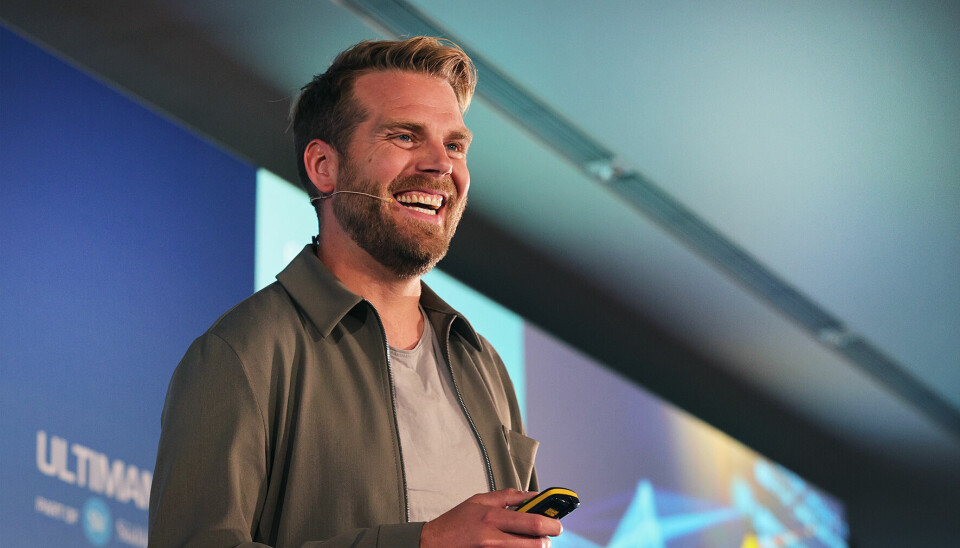
After a networking break, Benjamin Steinmetz, Product Experience Director Europe at NIO, took the stage with The Car of Tomorrow: How Software Is Already Revolutionising Our Driving Experience Today. He demonstrated how NIO’s user-centric software already plays a decisive role in shaping driving behaviour and product appeal. In this context, he pointed to the importance of seamless process optimisation, noting: “You can have the best technology, if you have to do everything manually, it won’t help you.”
Then, Robert ter Waarbeck, Principal Automotive Industry Manager at Mathworks, presented Navigating the Shift to Continuous Development: Bridging Architecture, Implementation, and Compliance. The Dutchman focused on how development cycles must be realigned to tightly link software architecture and implementation, while simultaneously ensuring safety and compliance. He concluded his remarks with a clear call to action for an industry that cannot afford complacency: “It’s turbulent times, let’s master this storm together!”

The final speaker before lunch was Arnaud Van Den Bossche, Director at Green Hills Software, who offered a global view with How Chinese OEMs Are Consolidating the Body Control Modules. He explained how software-defined consolidation on single SoCs/MCUs, supported by hypervisors, is rapidly gaining traction in the Chinese market—pushing Western OEMs to rethink their system architectures.
Disrupting the Stack: New Foundations for SDV Software
The afternoon started with a keynote by Dr. Stefan Poledna, CEO & CTO at TTTech Auto, who declared in Mastering the SDV Requires a Software Deployment Revolution that incremental improvements will no longer suffice. He argued that realising the full potential of SDVs demands a disruptive leap in deployment processes—making automated, secure, and scalable software delivery across complex vehicle systems not just feasible, but essential. “Software deployment is almost free,” Dr. Poledna remarked, underscoring the cost efficiency of well-structured deployment architectures.

Following that, Frédéric Ameye, Expert at Ampere Software Technology (Renault Group), presented Simplifying at the E/E Architecture and Reducing Industry Fiction by Using Rust. He explained how the French automaker is using the programming language to reduce complexity, improve safety, and drive consistency in their SDV platform stack.
The Frenchman was followed by Dr. Stefan Nürnberger, Co-Founder & CEO at Veecle. In his talk Beyond ‘Good Enough’: The Untapped Power of Real Software Foundations for SDVs, he made a compelling case that legacy C-code is no longer sufficient for modern ECUs. In this context, Dr Nürnberger introduced Veecle’s cloud-native toolset that enables teams to collaboratively develop, test, and validate automotive software across domains, while maintaining compliance and reducing release cycles dramatically.
Collaborative Engineering in the SDV Era

After a short break, Dr. Michael Gröschel, Head of Digital Solutions - Mobility, Logistics and Transportation at IAV, opened the block with Trusted Data Sharing for Next-Level SDV Engineering. Alongside Falk Langer, Professor for Connectivity and Services Automotive Software, University of Applied Sciences Mittweida, he emphasized that federated architectures and intelligent data spaces are key to enabling secure, decentralised collaboration while meeting regulatory demands like the EU Data Act.
He was followed by Prashant Gulati, CEO of SDVerse, who delved into From Complexity to Collaboration: Transforming SDV Development. Gulati argued that technical challenges are deeply intertwined with commercial structures. He outlined how SDVerse’s software marketplace model addresses industry-wide fragmentation, procurement delays, and talent shortages. “Every cultural shift of the last century was shaped by mobility and transport,” he remarked, thereby underlining the historical role of the automotive industry as a driver of societal change.
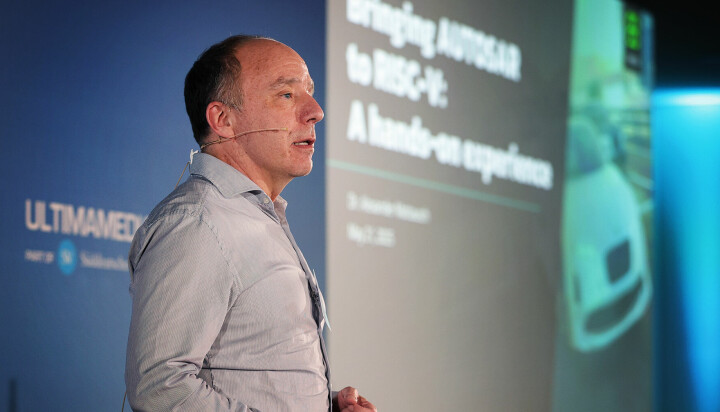
Concluding the presentations for the day, Dr Alexander Mattausch, Techlead Operating Systems at Elektrobit Automotive, took the stage. In his talk Bringing AUTOSAR to RISC-V: A Hands-On Experience, he explored the challenges and successes of deploying standardised software architectures on a novel CPU platform, highlighting both the safety potential and innovation capacity of RISC-V.
Interactive Exchange and Bavarian Ambience
The afternoon concluded with World Café discussion sessions. Participants were divided into three groups, engaging in moderated dialogues. Following the World Café, attendees were transported by two shuttle buses to the traditional Bräustüberl. There, they rounded off the first day of the ASSC with authentic Bavarian specialities in a convivial and culturally rich atmosphere.
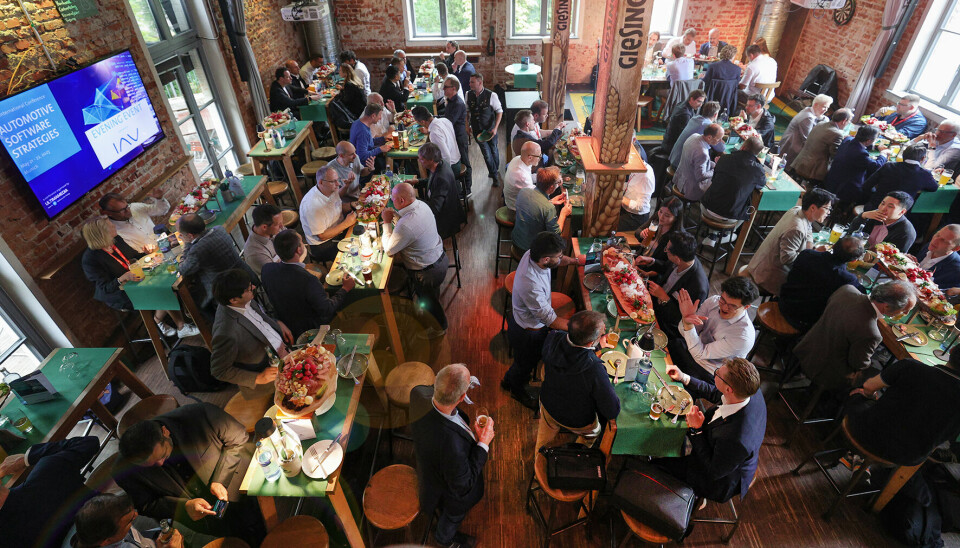
Platform Thinking and Digital Value in Motion
With a focused recap of the previous day's World Café results, the second day set the stage for another round of deep-dive tech talks.
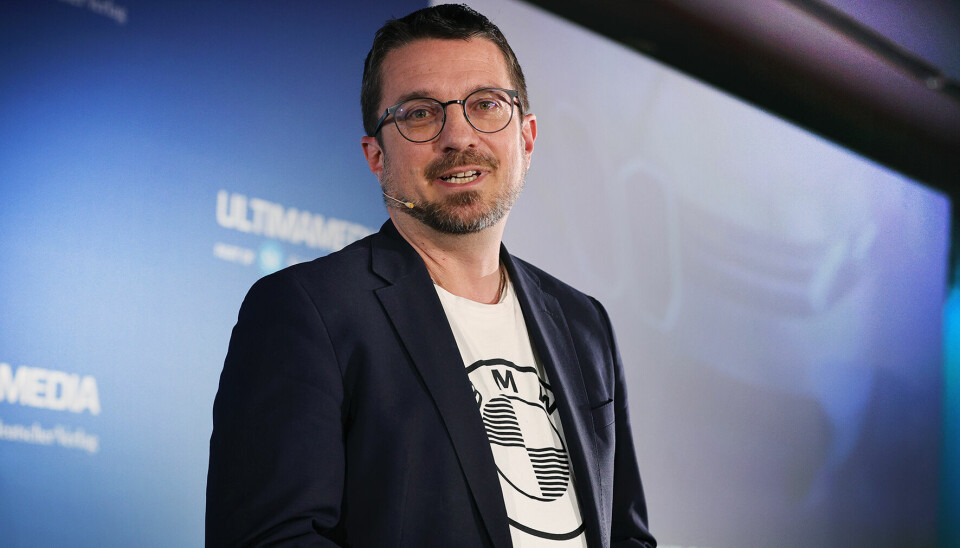
The first keynote, titled One Year Later: Building Software Platforms for the SDV, was delivered by Dr Holger Grandy, Head of Software Platform Automated Driving at BMW. He shared the automaker‘s latest developments within the S-Core initiative and the Eclipse SDV Working Group, underscoring the importance of standardised software platforms in managing system complexity and advancing centralised compute architectures. Furthermore, he emphasised the urgency of this transformation, stating that “the world around us is changing at a speed you can't imagine.”
Dr Grandy was followed by Vishnu Sundaram, SVP & CTO at Gentherm. In his talk Luxury Meets Digital: Premium Experience Through Comfort and Wellness Solutions, he highlighted monetisation strategies that integrate services directly into digital mobility platforms.
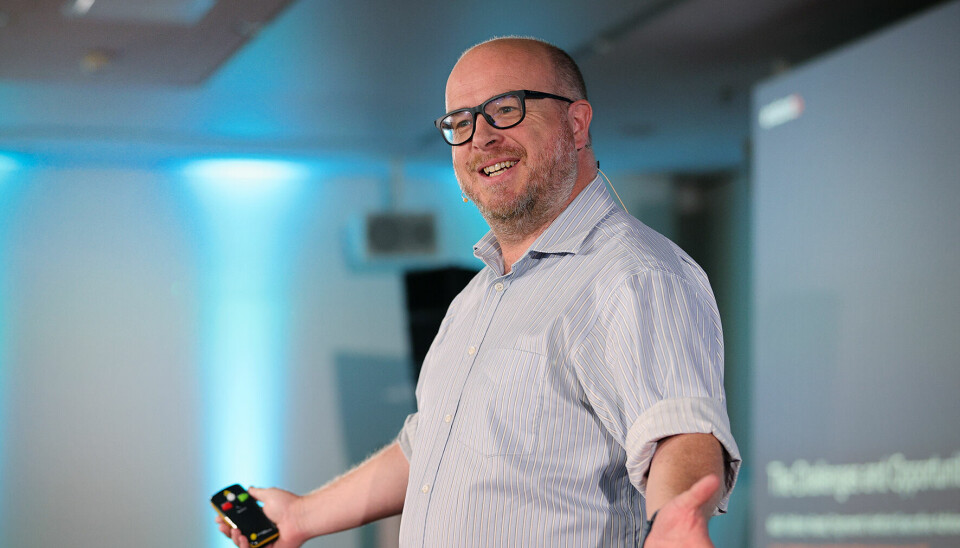
Continuing on this track, Nick Telford-Reed, Executive Advisor at Endava, examined The Challenges and Opportunities of In-Car Payments. He explored the foundational infrastructure required for secure and seamless car commerce—including user authentication, backend integration, and real-time transaction handling. Telford-Reed characterised payments as “a social and cultural construct,” thus drawing attention to their far-reaching societal relevance beyond mere transactions. His talk highlighted that enabling trust and intuitiveness in in-car transactions requires more than just technology—it demands a deep understanding of user expectations and behavioural patterns.
Monetisation, Motion and Machine Learning
After another networking break, Michael Zunke, Vice President and CTO for Software Monetisation at Thales DIS CPL Deutschland, took the stage with his presentation Driving Innovation: Monetisation and Protection Strategies for SDVs. He addressed how software-defined vehicles require not only innovative features but also robust frameworks for protecting AI assets, enabling feature-on-demand business models, and turning digital functions into scalable revenue streams—without compromising safety or regulatory compliance.
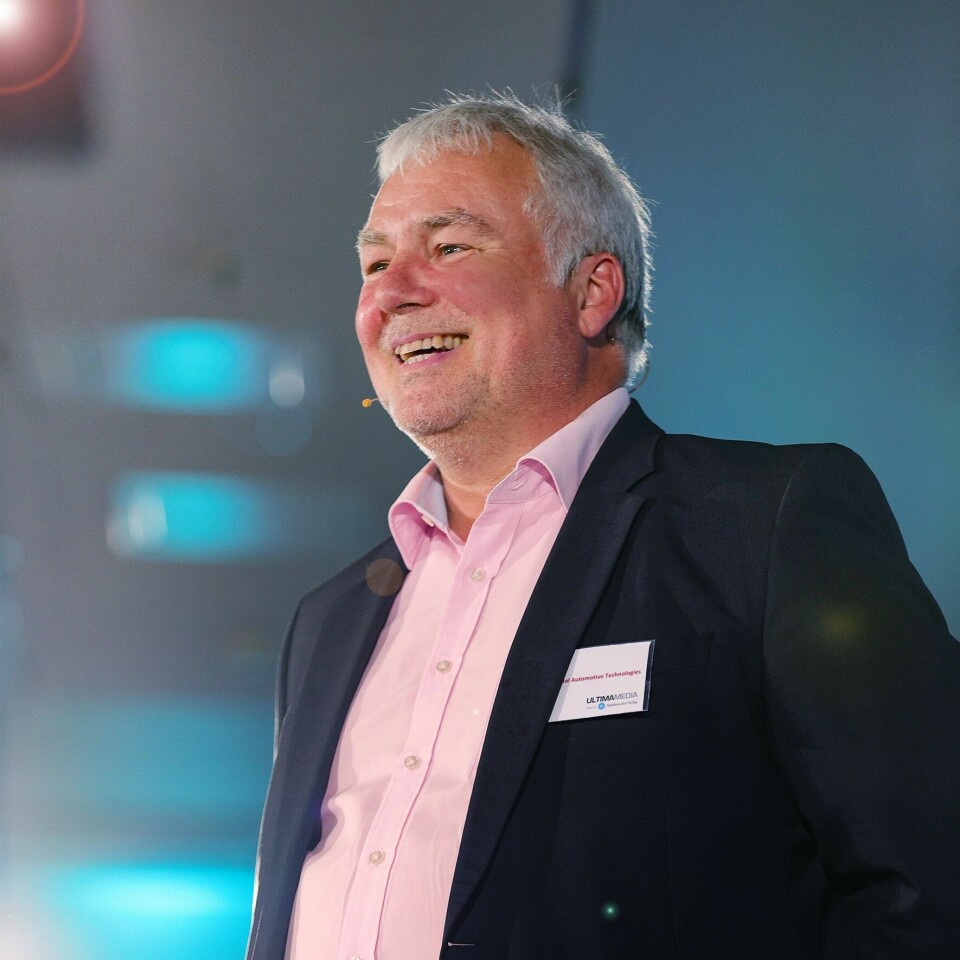
Zunke was followed by Dr. Thomas Raste, Principal Expert Vehicle Dynamics at Continental Automotive Technologies, who delivered a talk titled Software-Defined Motion Control from a System and Software Perspective. He argued that in a software-driven ecosystem, suppliers can no longer operate with a purely component-based mindset. Instead, they must evolve into system-oriented partners, contributing integrated software and motion control solutions that align with centralised computing architectures. He illustrated how Continental is rethinking its role across development, testing, and value delivery—bridging the gap between hardware excellence and embedded intelligence.
Concluding the block, Dr. Michael Kollig, Director Customer Engineering at Google, presented Google Cloud: Revolutionising Automotive. His keynote explored the impact of generative AI across the automotive software lifecycle—from code generation and simulation environments to personalised user experiences. He emphasised how cloud-native platforms enable faster iterations, greater scalability, and a more intuitive integration of machine learning into future mobility solutions. With a nod to developers’ everyday challenges, Dr. Kollig noted that “every developer hates documentation”—a pain point that AI is increasingly alleviating.
On-Device AI, Testing, and Tooling
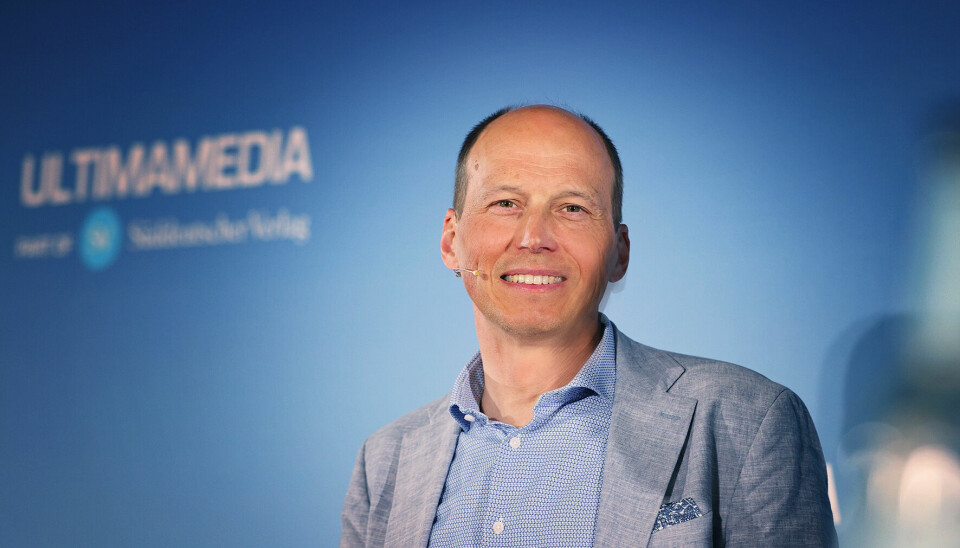
Following an engaging panel discussion on AI-supported vehicle development, Thomas Dannemann, Senior Director Product Marketing at Qualcomm Germany, took the stage with his keynote Driving Innovation with On-Device AI for Next-Generation SDVs. He emphasised the transformative potential of high-performance platforms and hybrid AI architectures in shaping intelligent mobility. By merging powerful edge capabilities with cloud-based development environments, he outlined how real-time, personalised in-vehicle experiences can become a standard feature in next-generation vehicles.
The session then shifted focus from AI architecture to software testing practices. Emil Dautovic, Vice President at RemotiveLabs, addressed the crucial transition from Software-in-the-Loop (SIL) to Hardware-in-the-Loop (HIL) environments in his talk Early Stage Software Testing. Dautovic advocated for a flexible development architecture that enables seamless interaction between virtual and physical components throughout the entire lifecycle. According to him, this approach ensures continuity in the testing environment, minimising integration issues in later phases and enabling scalable system development.
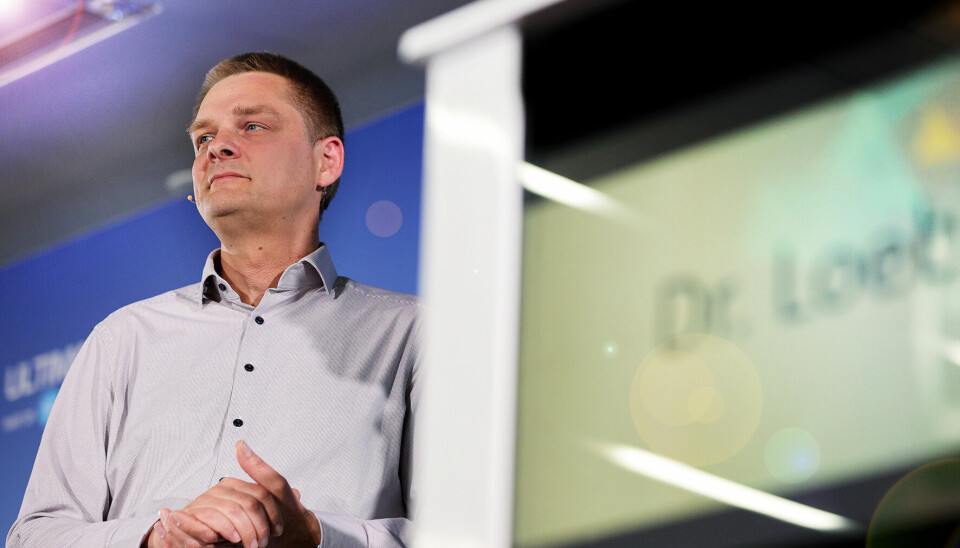
Rounding off the conference, Dr. Hans-Peter Loeb, System Integration Lead at Applied Intuition, discussed the Role of Tools to Achieve Software Portability Across Computes. He argued that the future of SDV development hinges on the interplay between agile software practices and automotive-grade validation. According to Dr. Loeb, modern toolchains must integrate traceable management, CI/CD compatibility, structured system composition for version control, and virtualised development environments. These elements are essential for enabling early validation cycles.
Continuing the Conversation
The 6th Automotive Software Strategies Conference delivered a clear verdict: the automotive industry is not just undergoing a software transformation—it is being redefined by it. Across keynotes, expert panels, and interactive sessions, the event revealed a sector striving for technical excellence while navigating profound shifts in architecture, culture, and business models.
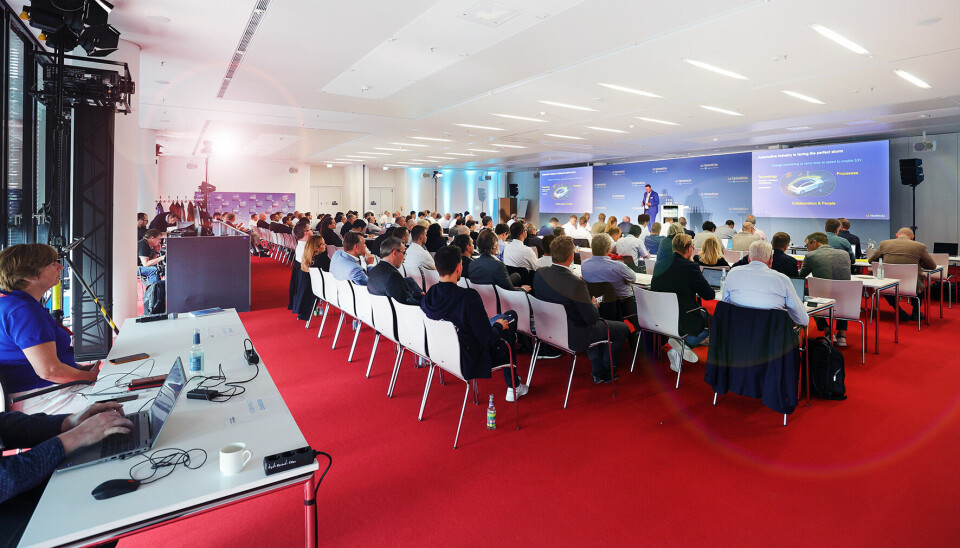
As the pace of innovation accelerates, the dialogue must continue. The next edition of the Automotive Software Strategies Conference is already scheduled to take place on May 20-21, 2026 in Munich. Industry stakeholders are encouraged to mark their calendars and prepare for another opportunity to shape the digital future of mobility—together.
